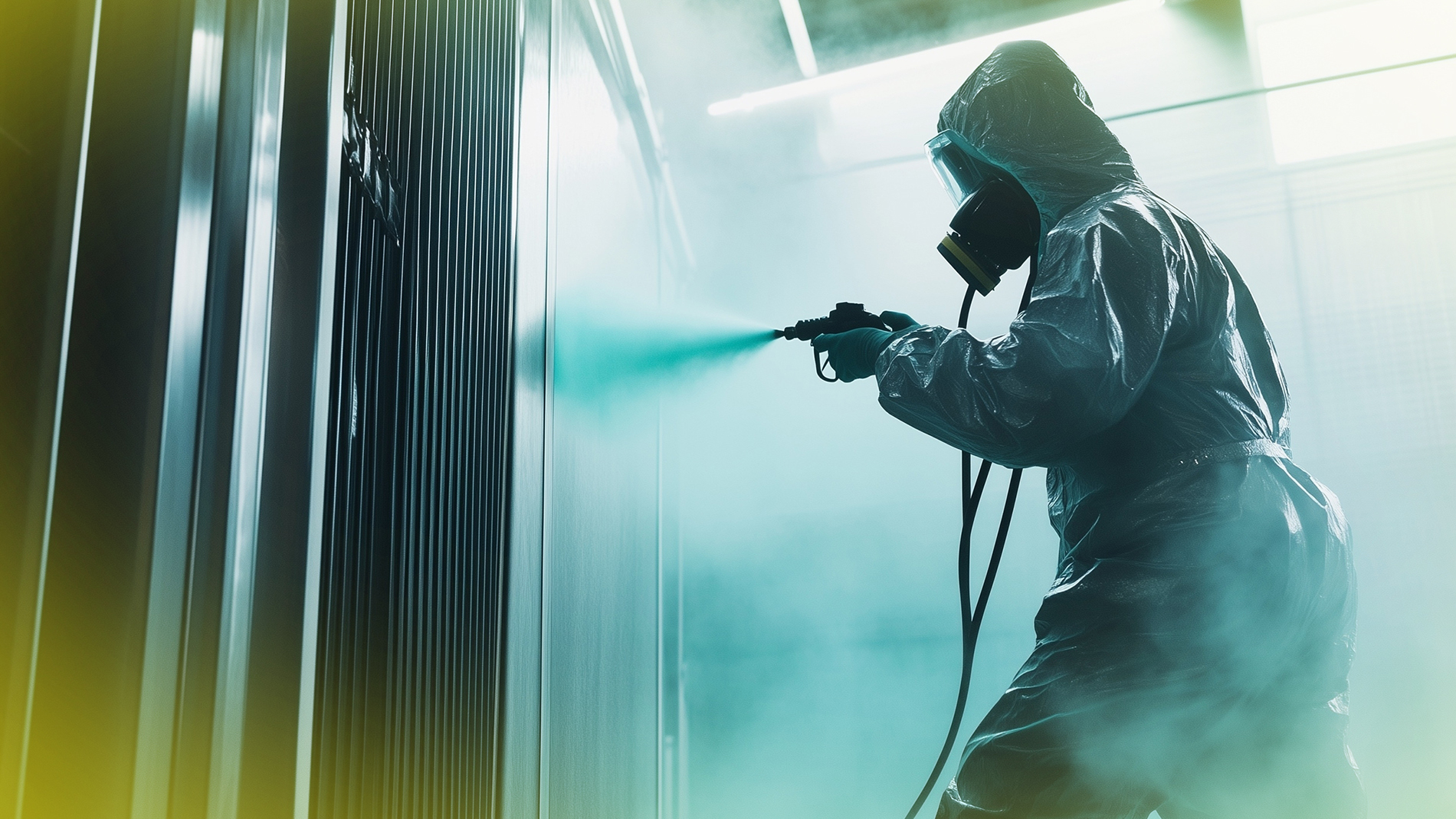
When most people think of fire safety, they picture fire engines, alarms, and sprinklers springing into action. However, some of the most effective fire protection solutions are built into the very structure of a building, quietly playing their vital protective role.
Passive fire protection (PFP) has long been a foundational pillar of fire safety, but new innovations are redefining its role in creating safer and more resilient environments across the Middle East and beyond.
Passive Fire Protection – The Silent Shield
Passive fire protection refers to building components and materials designed to contain fire and smoke, slowing their spread and giving occupants time to evacuate. Unlike active systems such as alarms and sprinklers, PFP works continuously in the background. Fire-rated doors, intumescent coatings, compartmentation walls, and firestopping products are all crucial parts of this protection ecosystem.
Traditionally, PFP solutions were largely compliance-driven – construction firms would focus on meeting codes and ensuring certification, with actual fire safety sometimes taking a back seat. Today, the conversation is shifting to performance-driven innovation; industry leaders are demanding lighter, more versatile, and environmentally friendly solutions that can integrate seamlessly into modern construction.
Material Science leads the Way
Recent breakthroughs in material science are pushing PFP towards new levels of innovation and efficacy.
- Intumescent coatings are now being engineered to offer thinner layers without compromising performance, reducing weight loads and material costs. Advanced water-based formulations also emit fewer volatile organic compounds (VOCs), making them safer for installers and more sustainable overall.
- Composite fire doors and partitions are also gaining traction, delivering better thermal insulation while maintaining aesthetic flexibility for architects.
- 3D-printed firestopping components are emerging to customise seals for complex spaces, reducing installation time while improving reliability.
Digital Integration and Smart Monitoring
While PFP is inherently passive, technological advances allow for more active oversight of its condition and overall performance.
- IoT-enabled sensors can now monitor the integrity of fire doors and dampers, alerting facilities managers if any component is damaged, propped open, or due for inspection.
- Digital twins of buildings can model fire behaviour and optimise compartmentation strategies before construction even begins. Similarly, they can help develop evolving PFP strategies that optimise protection if the building undergoes any expansion works or other structural changes.
- AI-driven predictive maintenance helps identify vulnerabilities in passive systems, ensuring they remain effective throughout a building’s entire lifecycle.
The Middle East leads by Example
Passive fire protection is climbing higher on the agenda for ME governments, regulators and private enterprises. Growing climate risk awareness, eagerness to adopt advanced construction technologies, and more intense scrutiny for megaprojects – this combination of push and pull factors is driving faster PFP adoption in both a physical and regulatory sense. For instance:
- Saudi Arabia’s NEOM project is reportedly specifying next-generation fire-resistant cladding and advanced compartmentation to meet stringent international standards.
- Dubai Expo City incorporated innovative PFP coatings and compartmentalised building layouts across all pavilions, designed not just for compliance but for long-term safety and sustainability.
- Qatar’s Lusail City integrated PFP with smart building management systems, ensuring fire safety is monitored alongside energy and environmental performance.
Even this short list of projects demonstrates how PFP is no longer an afterthought but a vital part of modern design and operations that is being considered from the outset of major projects.
The ROI of Prevention
Investing in advanced PFP isn’t just about compliance or reputational risk – it routinely represents a reliable return on investment. A recent global study estimated that every $1 invested in fire safety prevention, including PFP, can save up to $4 in potential fire damage and business disruption. In 2022 alone, fires represented an estimated $3.74 billion in losses worldwide. For high-value assets such as airports, shopping malls, or energy facilities, the financial protection imperative for embracing PFP is clear.
Harnessing Quiet Strength for a Safer Future
Innovations in materials, smart monitoring, and integration with sustainable building practices are giving PFP a more central role in safeguarding people and infrastructure. As the Middle East continues to shape the world’s most ambitious urban projects, passive fire protection will be an invisible yet indispensable layer of resilience – ensuring that even as skylines rise higher, safety remains firmly grounded.
Be sure to visit the Intersec Exhibitor List for a detailed exploration of the passive fire protection solutions and assets that will be on display at the 2026 edition.